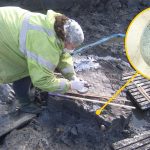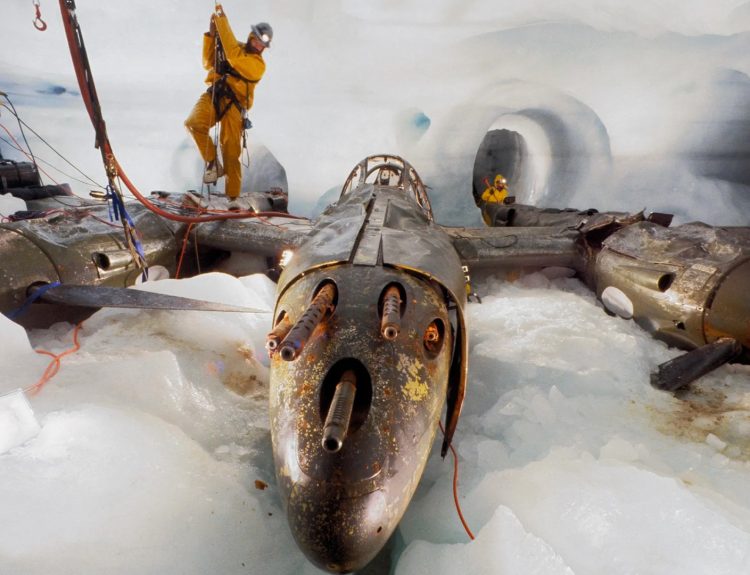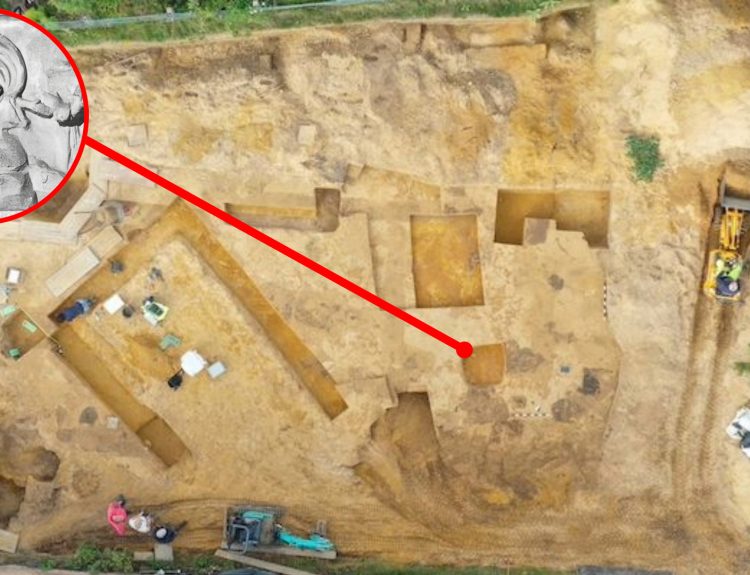In the three decades it was in operation, the maximum-security prison at Alcatraz had a reputation for being escape-proof. That didn’t stop inmates from trying, but most of them were thwarted by the immovable iron bars, manned guard towers, and razor-sharp fencing. If an escapee made it beyond these, there was still the frigid, choppy water to contend with.
“The Rock,” as Alcatraz was called, may not have been as secure as everyone thought. A letter surfaced that seems to indicate that three men who escaped from the federal prison in 1962 – and were presumed drowned in San Francisco Bay – may have actually survived their jailbreak.
The Rock
The rocky, isolated Alcatraz Island in San Francisco Bay was an ideal location for a federal prison. It was used as a prison since the 1860s, but in 1934, it got an upgrade. Alcatraz was converted into a maximum-security federal prison with extra fortifications that made it the most secure prison in the world.

Some of the most notorious criminals served their time at The Rock. Gangsters Al Capone and George “Machine Gun” Kelly were two of its most famous inmates. James “Whitey” Bulgar also did his time there, as did Robert Stroud, aka “The Birdman of Alcatraz.” Alcatraz was in operation from 1934 to 1963 when the facility was shuttered.
What Made Alcatraz Escape-Proof?
Alcatraz Island is located in San Francisco Bay about a mile and a quarter from San Francisco’s shoreline. A mile and quarter may not seem far, but the water surrounding the rocky island is surprisingly cold with strong, fast-moving currents.

The guards checked the cells and tallied the prisoners multiple times per day, so an escaped inmate didn’t have long to get off the island. Numerous guard towers were erected around the prison to allow guards to watch over the whole facility. Even if a prisoner could escape his cell, cut through the thick iron bars, dodge the guards, and jump the fence, they had to survive the treacherous water.
There Were Plenty of Escape Attempts
For a maximum-security prison with a reputation for being escape-proof, plenty of inmates still gave it a shot. In the 29 years that Alcatraz was in operation, there were 14 escape attempts involving 36 prisoners. Two inmates tried to escape twice.
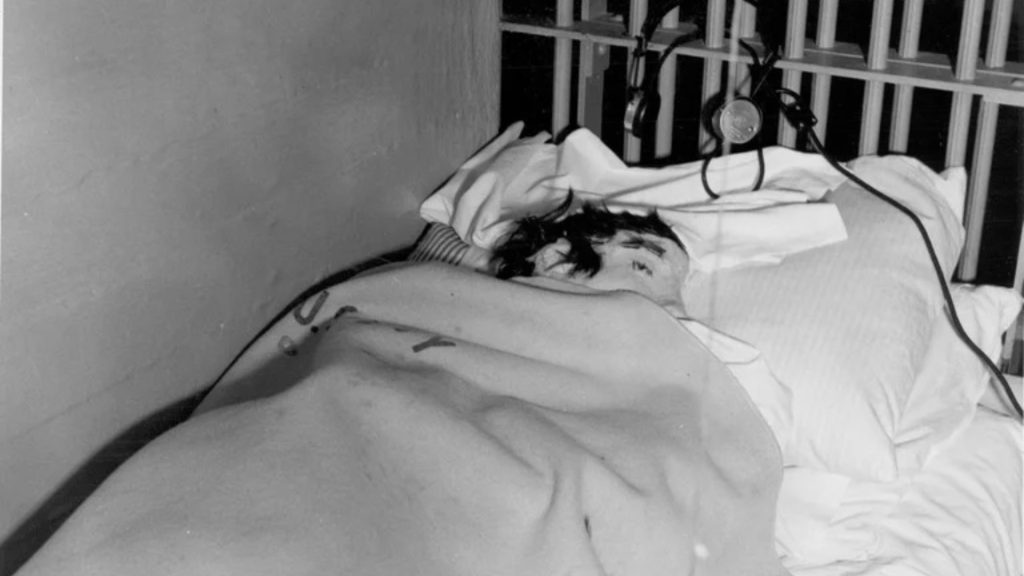
Of these attempted jail breakers, 23 were captured alive before they even left the island. The prison guards shot and killed six other would-be escapers during their breakout. Two men were confirmed drowned. That leaves five more that Alcatraz has listed as “missing and presumed drowned.” But that may not be the case.
Plotting Their Escape
The most famous and complex escape from The Rock – and the incident that connects to our mysterious letter – took place on June 11, 1962. It involved three inmates, Frank Morris and brothers John and Clarence Anglin. Morris, who was convicted of bank robbery, was sent to Alcatraz in January 1960 after attempting to break out of other prisons.
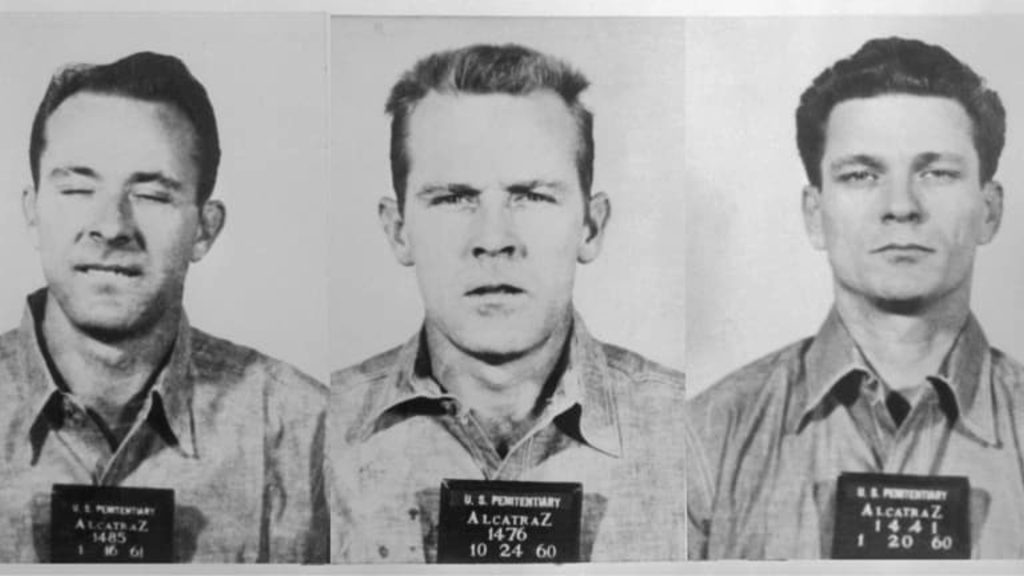
John Anglin also arrived on Alcatraz in 1960 and was assigned to the cell next to Morris’s. When his brother, Clarence, was sentenced to serve time at Alcatraz in 1961, he was allowed to share a cell with his brother. Almost immediately, the three men began plotting their escape.
The Escape from Alcatraz
It took the trio more than a year to plan every detail of their escape from Alcatraz and to secure all the items they needed to aid in their escape. They set up a secret work area above their cells. There, they hid the supplies they procured and made the items they needed.
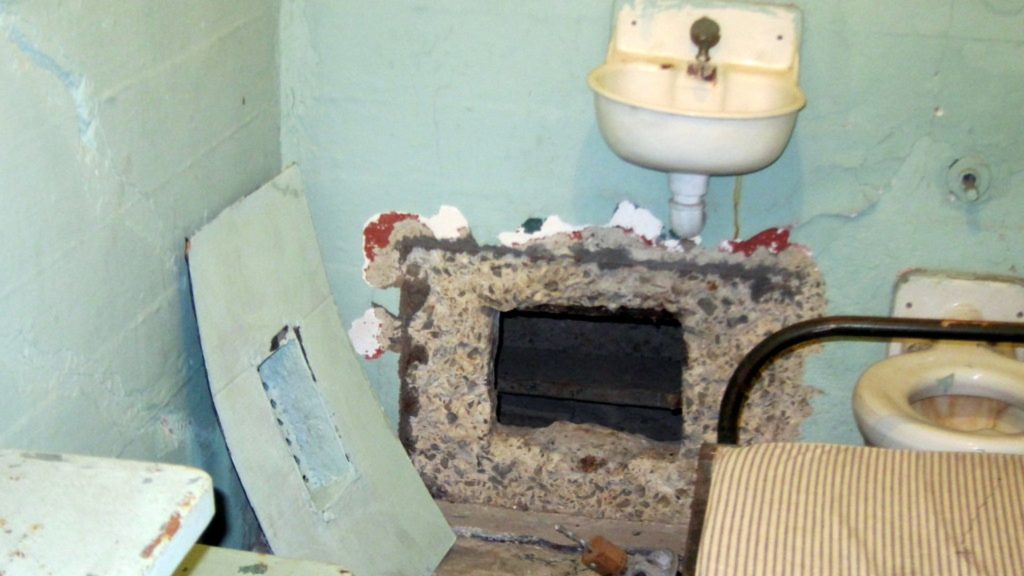
On the evening of their escape, Morris and the Anglin brothers squeezed themselves through a vent. They climbed a network of pipes to the prison’s roof. The challenge here was to cross roughly 100 feet of the rooftop without being spotted by the guards in the watchtowers. Then, the men shimmied down a 50-foot pipe to the ground below.
Hand-Crafted Escape Tools
It is believed that after the three escapees breached the outer walls of Alcatraz, they used a homemade raft they made using more than 50 rubber raincoats to sail to the mainland.

The next morning when the guards made their rounds to check on the inmates, they could see Morris and the Anglin brothers asleep on their cots, but they couldn’t wake them up. When they entered the cells, they discovered dummies in the beds. Each dummy had a plaster head with real human hair glued on them.
“Missing and Presumed Drowned“
Alcatraz was put on immediate lockdown when the dummy heads were discovered. But by this time, Morris and the Anglin brothers had been gone from their cells for about ten hours. Every inch of The Rock was searched for the escapees.
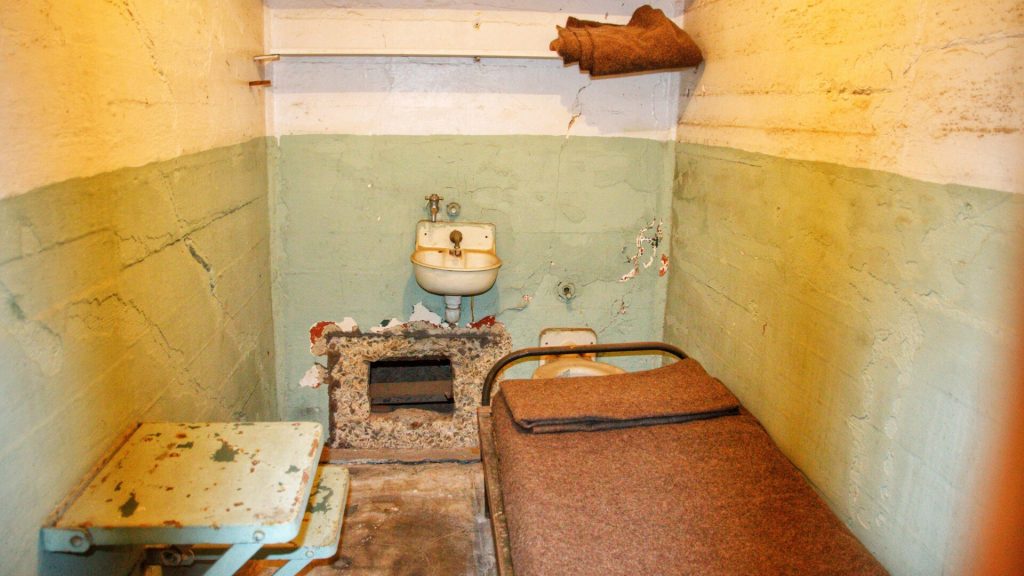
For weeks, the authorities scoured the prison and the surrounding waters for the missing convicts. Not a shred of evidence was found. The authorities were skeptical that the men reached shore in their homemade raft. They assumed the men drowned during their escape attempt, therefore Morris and the Anglin brothers were listed as “missing and presumed drowned.”
A Voice from the Past
More than fifty years after Frank Morris and John and Clarence Anglin made their brazen escape from Alcatraz, U.S. marshals reopened the case. The impetus for this decision was a 2013 handwritten letter that was sent to the San Francisco Police Department.

It was the opening sentence of the letter that got everyone’s attention. It read, “My name is John Anglin and I escaped from Alcatraz in June 1962 with my brother Clarence and Frank Morris.” Could this be proof that the three men really did escape from Alcatraz?
Was the Letter a Fake?
The police had to authenticate the letter. After all, it could have been written by a hoaxer. The bold escape from Alcatraz by Frank Morris and the Anglin brothers was common knowledge. In fact, a hit 1979 movie, Escape from Alcatraz, had popularized the incident, especially because Clint Eastwood played the role of Frank Morris.
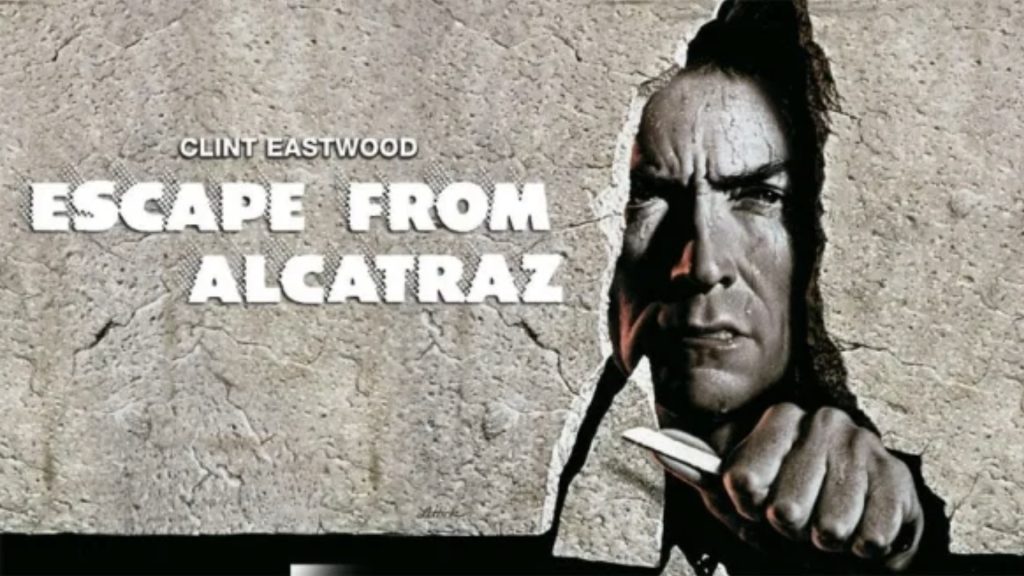
The letter was sent to the FBI for analysis, but the FBI lab could not find fingerprints on the letter and the DNA results were inconclusive. But that didn’t mean the letter was a fake.
The Rest of the Letter’s Contents
In the letter, John Anglin noted that Frank Morris had died in 2008 and Clarence Anglin had died in 2011. It read, “I’m 83 years old and in bad shape. I have cancer … Yes we all made it that night but barely.” He added, “This is no joke.”
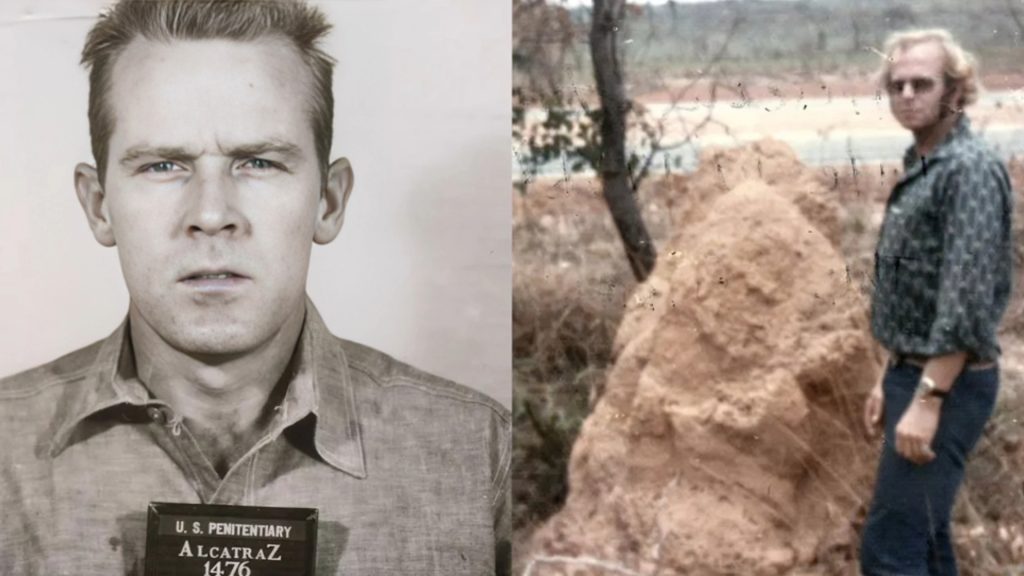
Anglin had a deal for the FBI. He wrote, “If you announce on TV that I’ll be promised to first go to jail for no more than a year and get medical attention, I will write back to let you know exactly where I am.”
The Nephews Come Forward
Ken and David Widner, who live in Georgia, are the nephews of John and Clarence Anglin. They came forward in 2016, after the mysterious letter was sent, to claim their uncles had, indeed, survived their escape from Alcatraz.

They stated that they were met by an associate who helped the escapees flee to South America. The nephews noted that John and Clarence Anglin had arranged for Christmas cards, which they signed, to be hand-delivered to their mother for three consecutive Christmases after the escape.
Photographic Proof?
Ken and David Widner even presented the FBI with a photograph, taken in 1975, that reportedly shows John and Clarence Anglin in Brazil. The photo shows two men standing along a road which the nephews claim was on a farm owned by the Anglin brothers in Brazil.
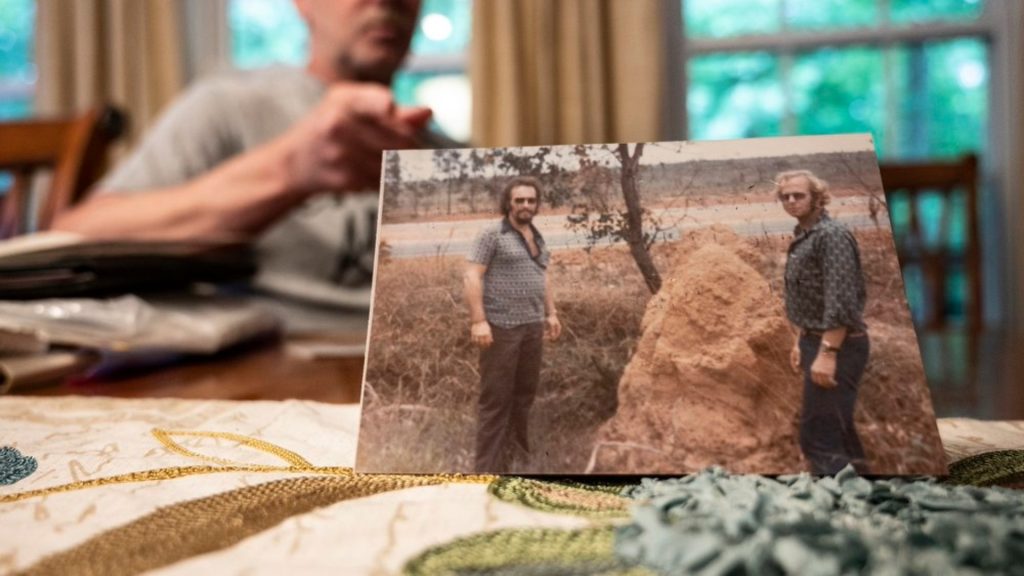
The men in the photograph, which was taken by a friend, Fred Brizzi, bear strong resemblances to John and Clarence Anglin. FBI forensic experts have studied the photo and compared it to their mugshots and have concluded that the image is “very likely” the Anglin brothers.
An Age-Progressed Photo
If John Anglin were still alive today, he would be in his nineties. The FBI recently released age-progressed photographs of John Anglin, along with Frank Morris and Clarence Anglin. If the FBI was in further contact with John Anglin after the mysterious letter arrived, they have remained tight-lipped about it.
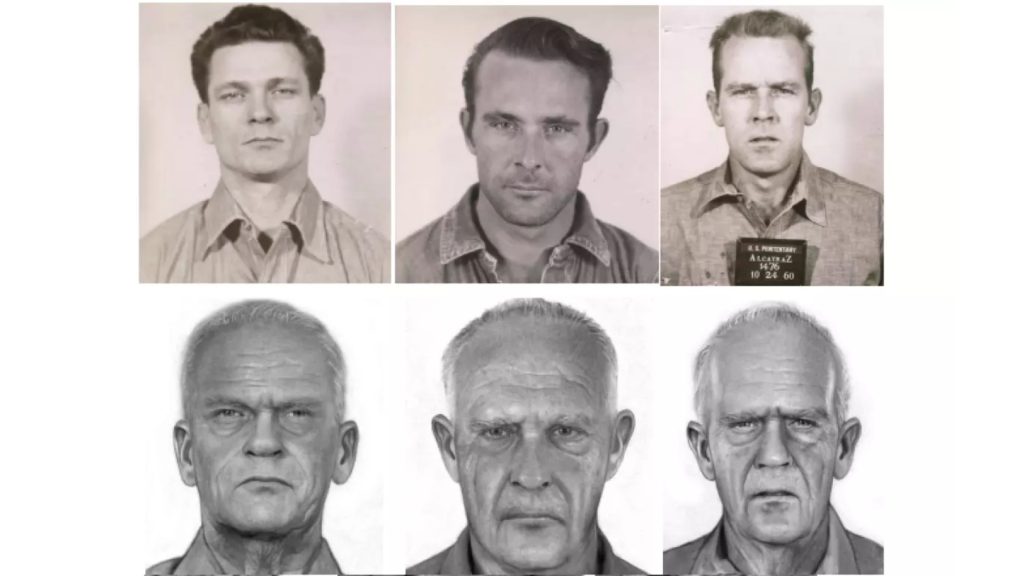
But if the FBI had, indeed, been in contact with Anglin when the letter was received in 2013, it begs the question … why release the age-progressed photos of the three men now? Is there something the FBI is not telling the American public about the only three men who successfully escaped from Alcatraz?


